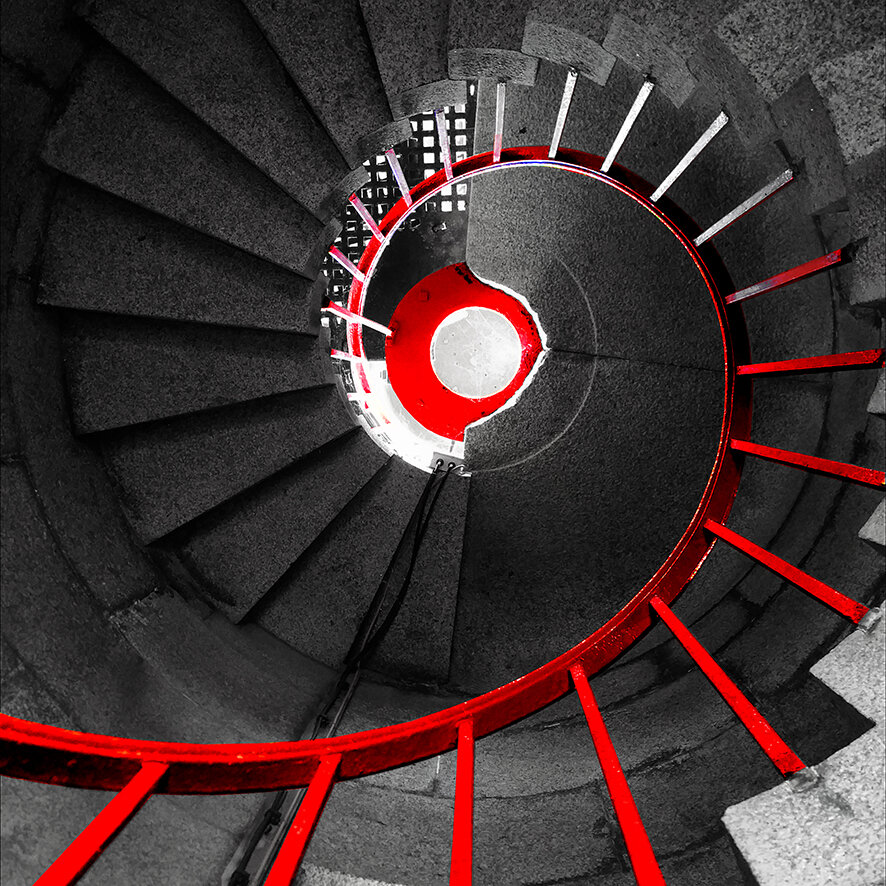
Worse Things Happen at Sea
The work’s title came from the artist’s father who was a Navy Communications Officer and someone for whom Morse code was a part of his working day, Worse Things Happen at Sea was one of his favourite sayings.
The work was commissioned as part of the 2019 Ramsgate Festival of Sound and it broadcasts Morse code from the Ramsgate lighthouse, listing the names of vessels lost on the Goodwin Sands, scaling the history of lives lost at sea over a time period from early records to the present day.
The equipment inside the door of the lighthouse broadcasts the Morse code on a loop during the day and into the evening as the sun sets over the water. The sound will echo around the stairwell of the lighthouse, creating a mesmerising atmosphere to transport the listener into the world of a ship in peril on the sea.
This work references the Latin motto PERFUGIUM MISERIS on the Lighthouse that celebrates the harbour as a place of refuge. The Goodwin Sands have played a central part in shaping Ramsgate as the deaths on the Sands over the centuries necessitated the building of the current harbour. Of particular note was the Great Storm of 1703, the only true hurricane ever to hit British shores causing devastating loss of life.
Worse Things Happen at Sea lists the names of over a thousand vessels recorded as lost. This information has come from Richard Larn’s excellent book, Goodwin Sands Shipwrecks, but the research includes conversations with the RNLI historians Vanessa and John Ray and their book Ramsgate Lifeboat Station as well as the Border Force crew based in Ramsgate who rescue migrants along the coast to Dover.
The location at the end of the harbour arm is intended to be a place of contemplation, somewhere to imagine what it was like to be a terrified sailor in a vessel in the 1600s as it splintered beneath you on the notorious “ship swallower” Goodwin Sands, or how it must feel to be in a tiny inflatable rib with exhausted passengers, desperate for refuge, navigating one of the busiest shipping lanes in the world.
This project is a collaboration with composer Nicholas de Carlo, who is based in Ramsgate and has produced extraordinary soundtracks for the Festival of Sound. For Worse Things Happen at Sea, Nick layered the Morse audio in varying pitches to suggest the huge variety of vessels lost and the signal drifts in and out as the stranded souls drift beyond our help.
Morse code was developed in the 1800s as a communications system that uses dots and dashes to represent the alphabet, numbers, etc. Although past it’s heyday, it still remains an iconic format for communication. The translation of the huge amount of data for this project was achieved using an excellent online resource developed by Stephen Phillips, give it a try and create your own Morse messages.
Thanks also go to the Coxswain at Ramsgate RNLI, Ian Cannon, who patiently helped with mapping the Goodwin Sands as they currently exist. They are,of course, shifting constantly and the brave work of the RNLI depends on their knowledge of the terrain being up to date.

Lighthouse interior
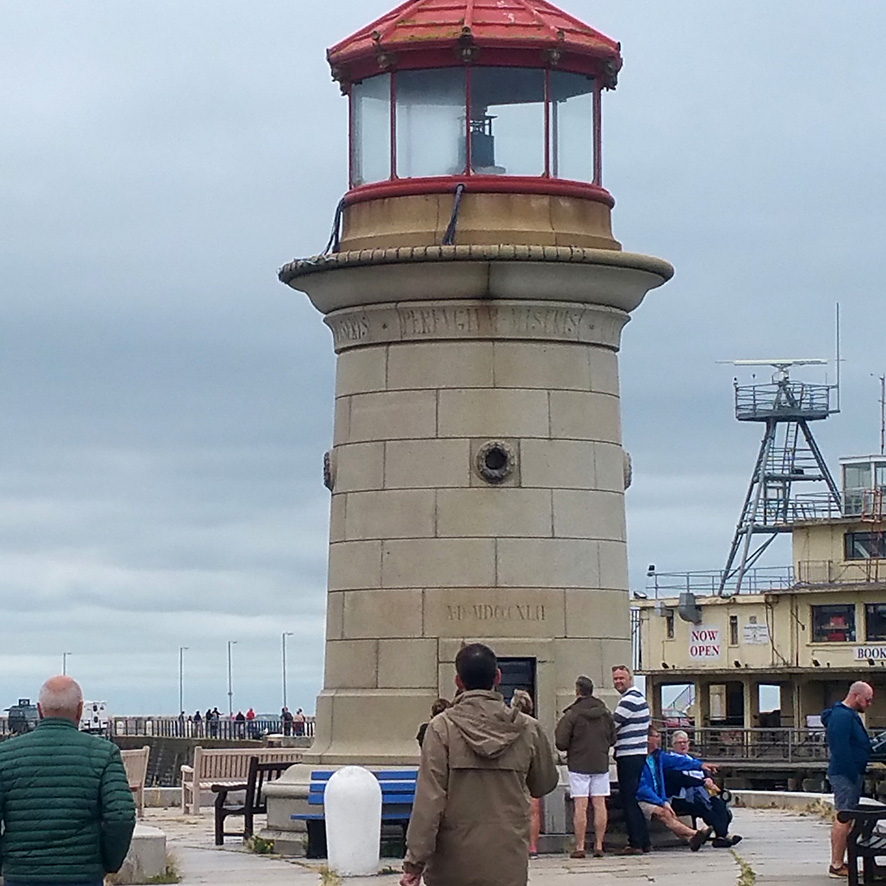
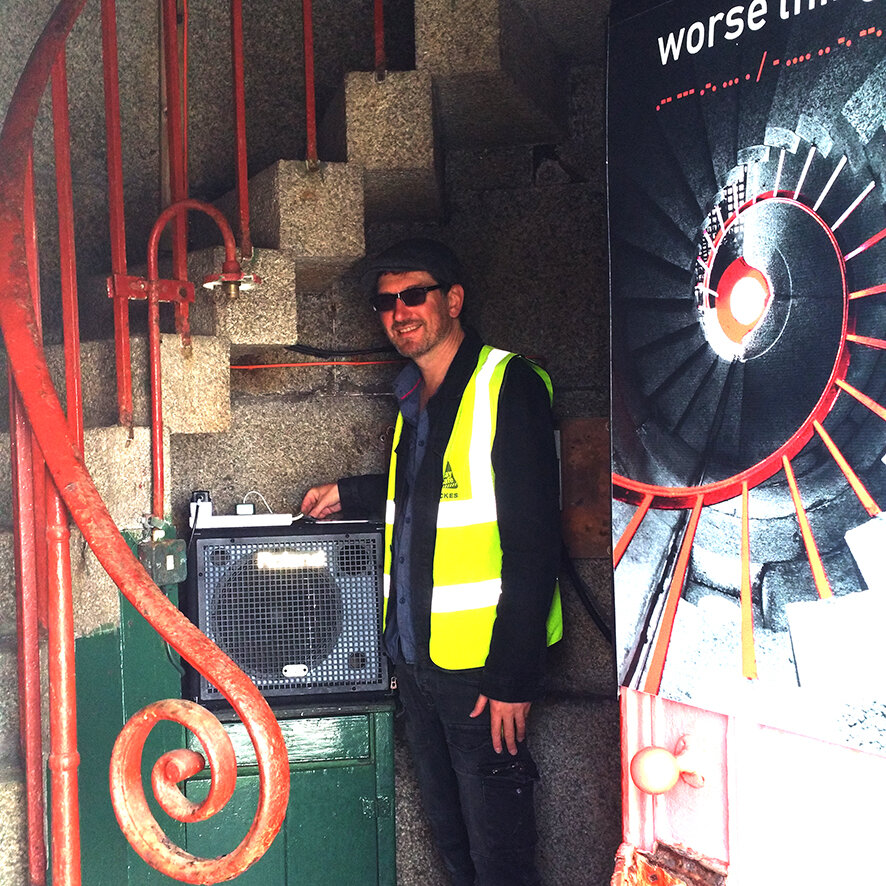
Nick De Carlo setting up the Morse code
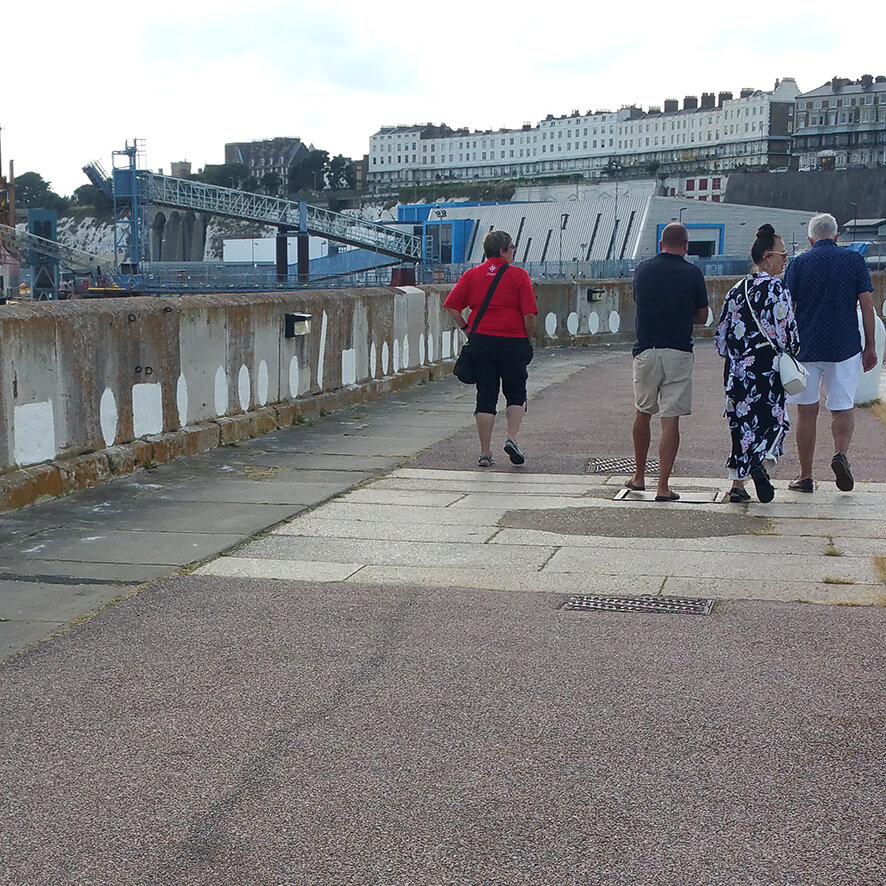
visitors walk past the chalk Morse code on the harbour arm
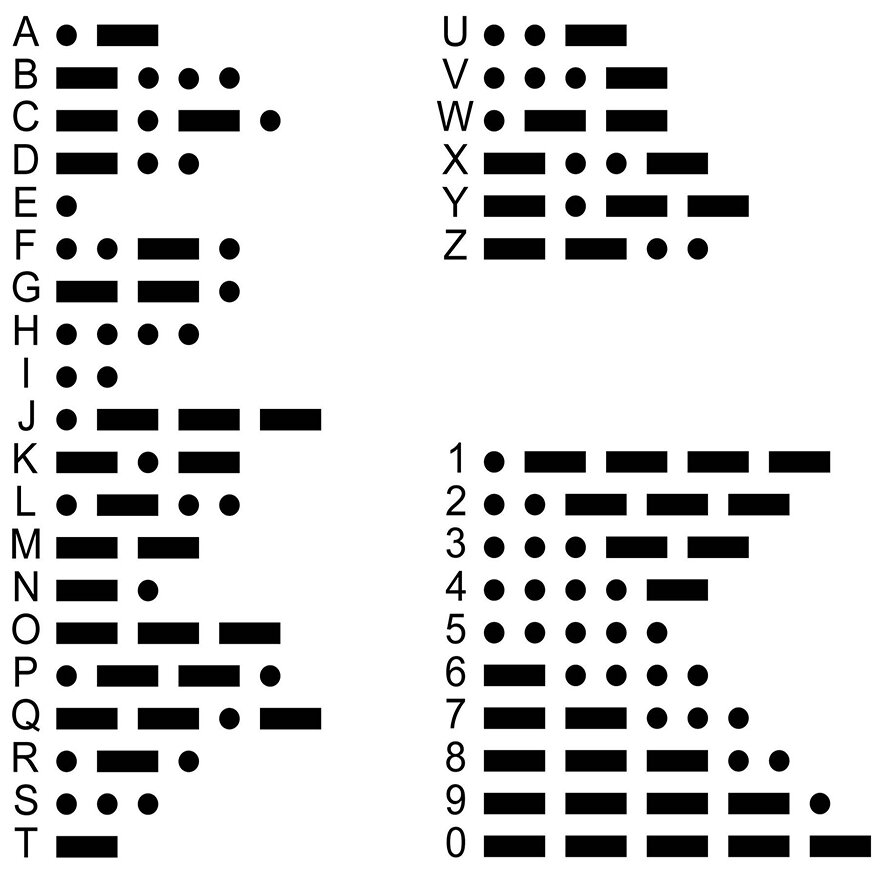
The Morse alphabet

Listeners at the lovely Georgian Ramsgate lighthouse
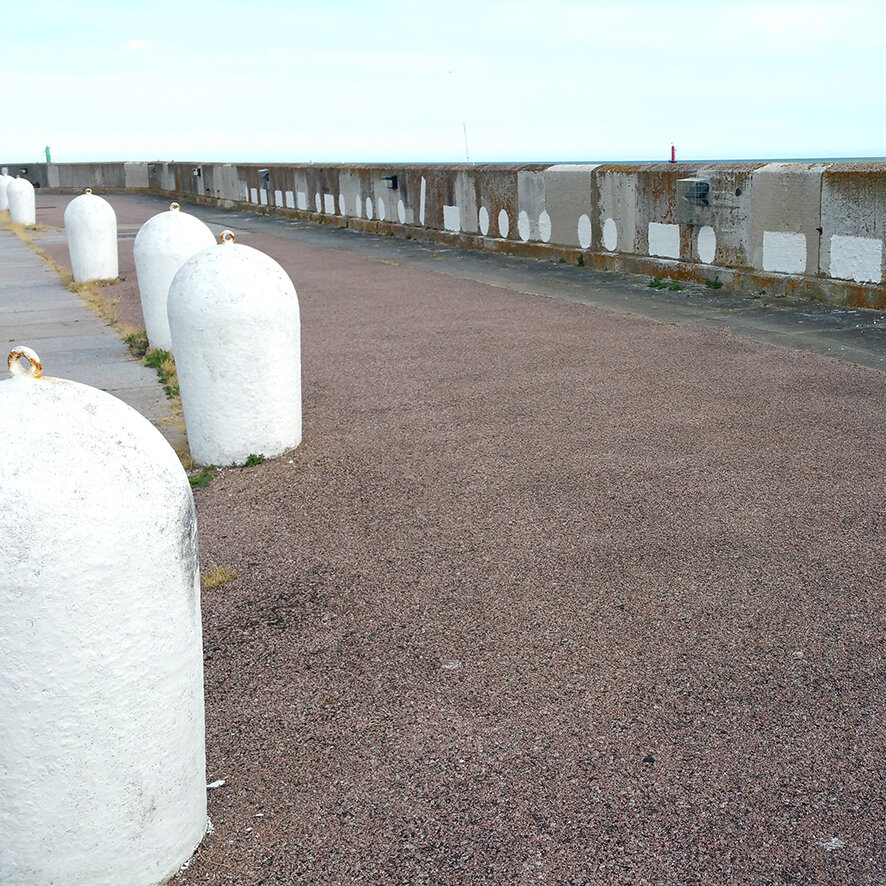
Worse Things Happen at Sea in Morse code
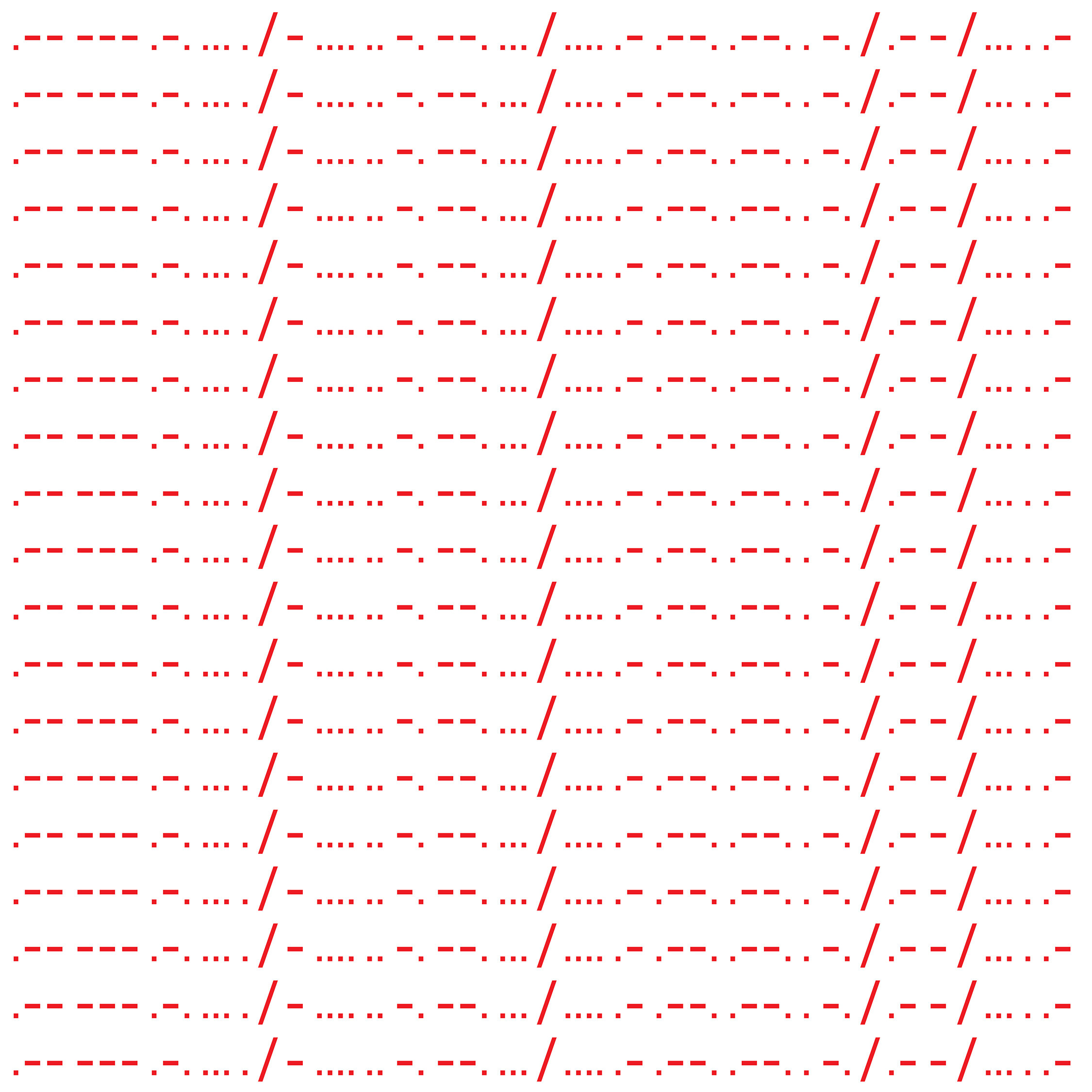
Worse Things Happen at Sea in Morse code

Worse Things badges fund raising at the Addington Fair









